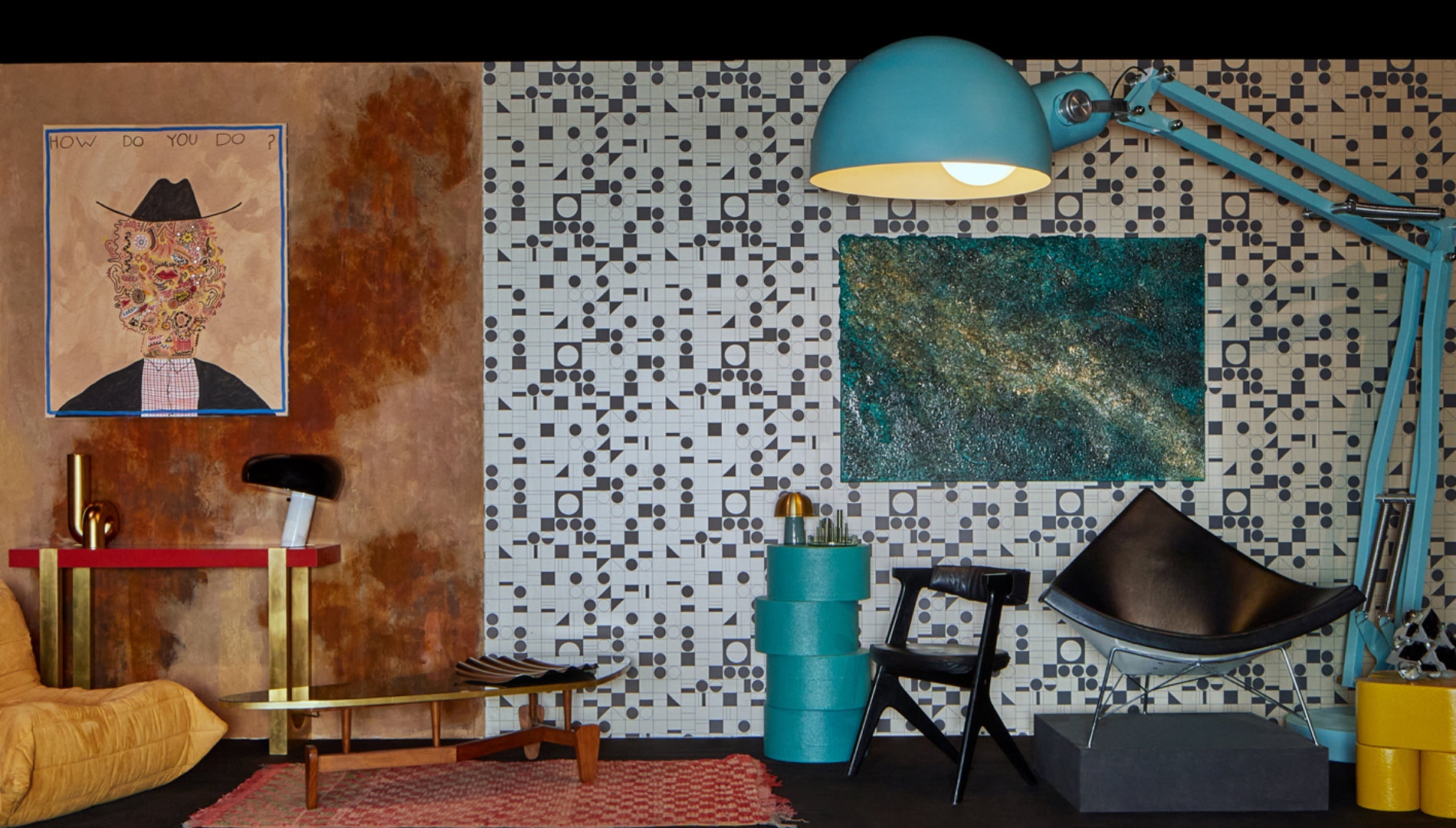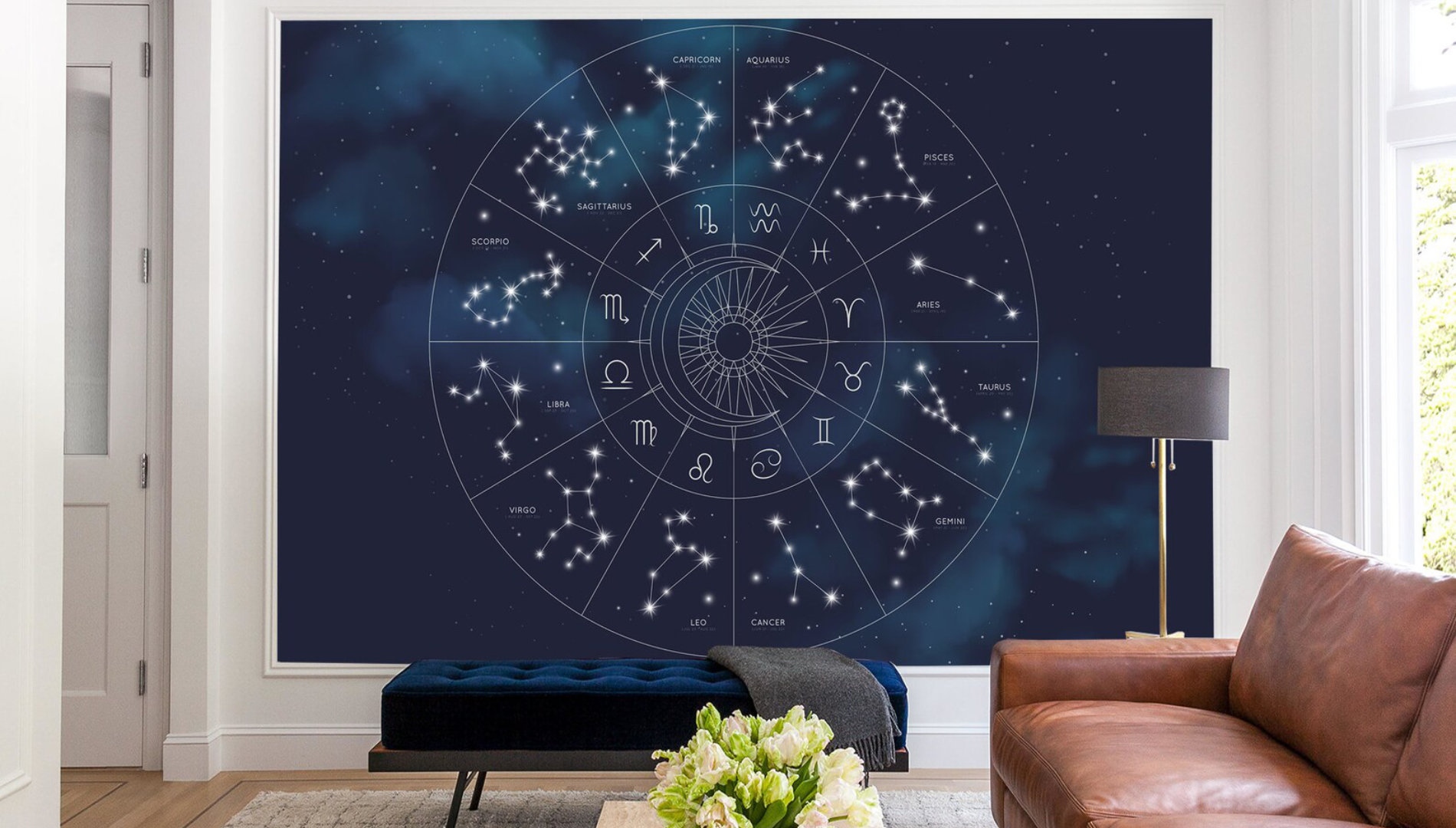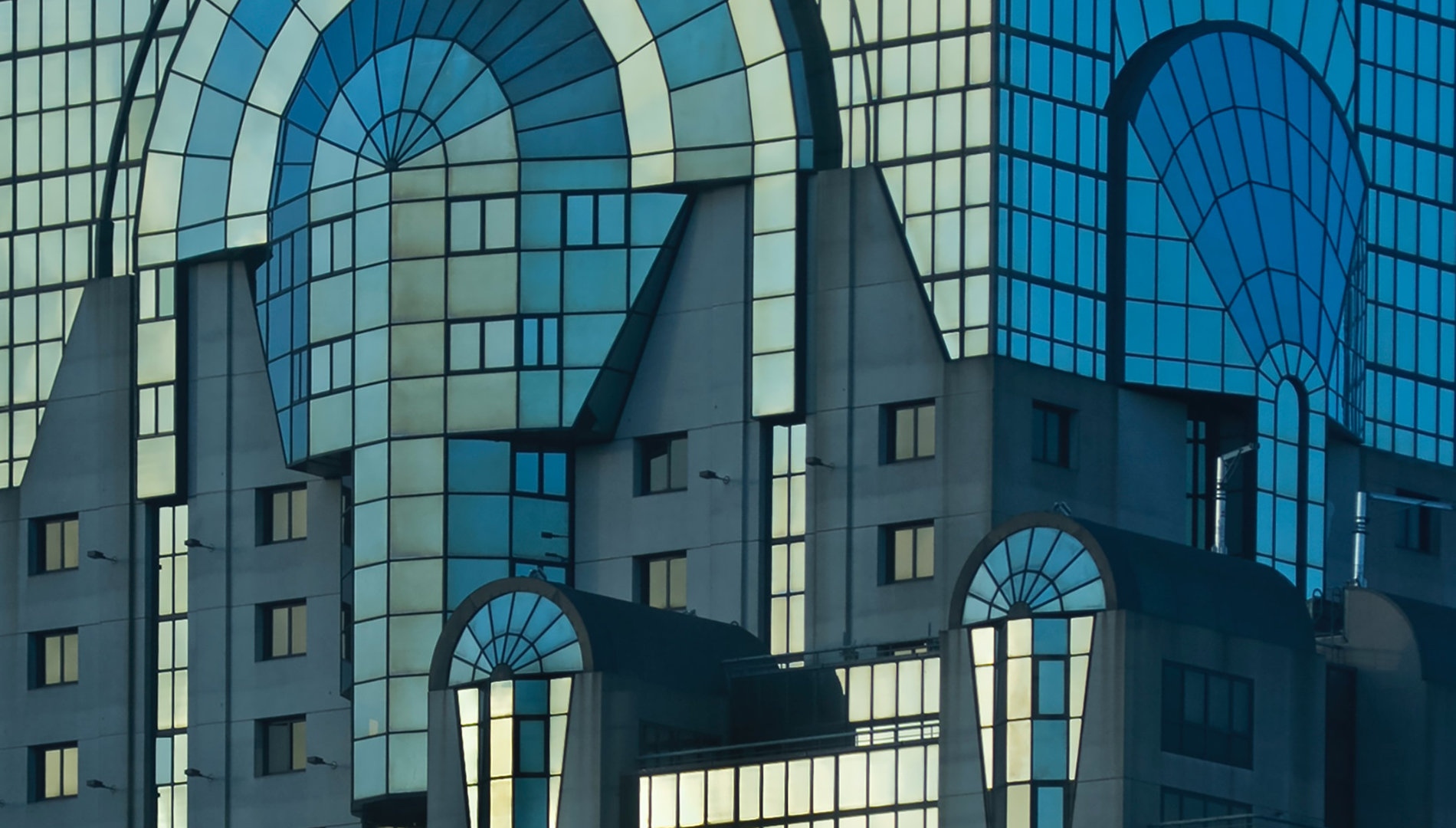
Lust for life
The key to art deco’s enduring success is softening unadulterated luxury with a carefree quest for pleasure.
The style, which is around a century old, is very popular today with those who want to add splendor to their everyday life. The trend, which started in the upper-middle class and bourgeoisie in the first half of the twentieth century, was intended to entertain, whether with its grandiose, monumental appearance, its sultry eroticism or its delicate detailing.
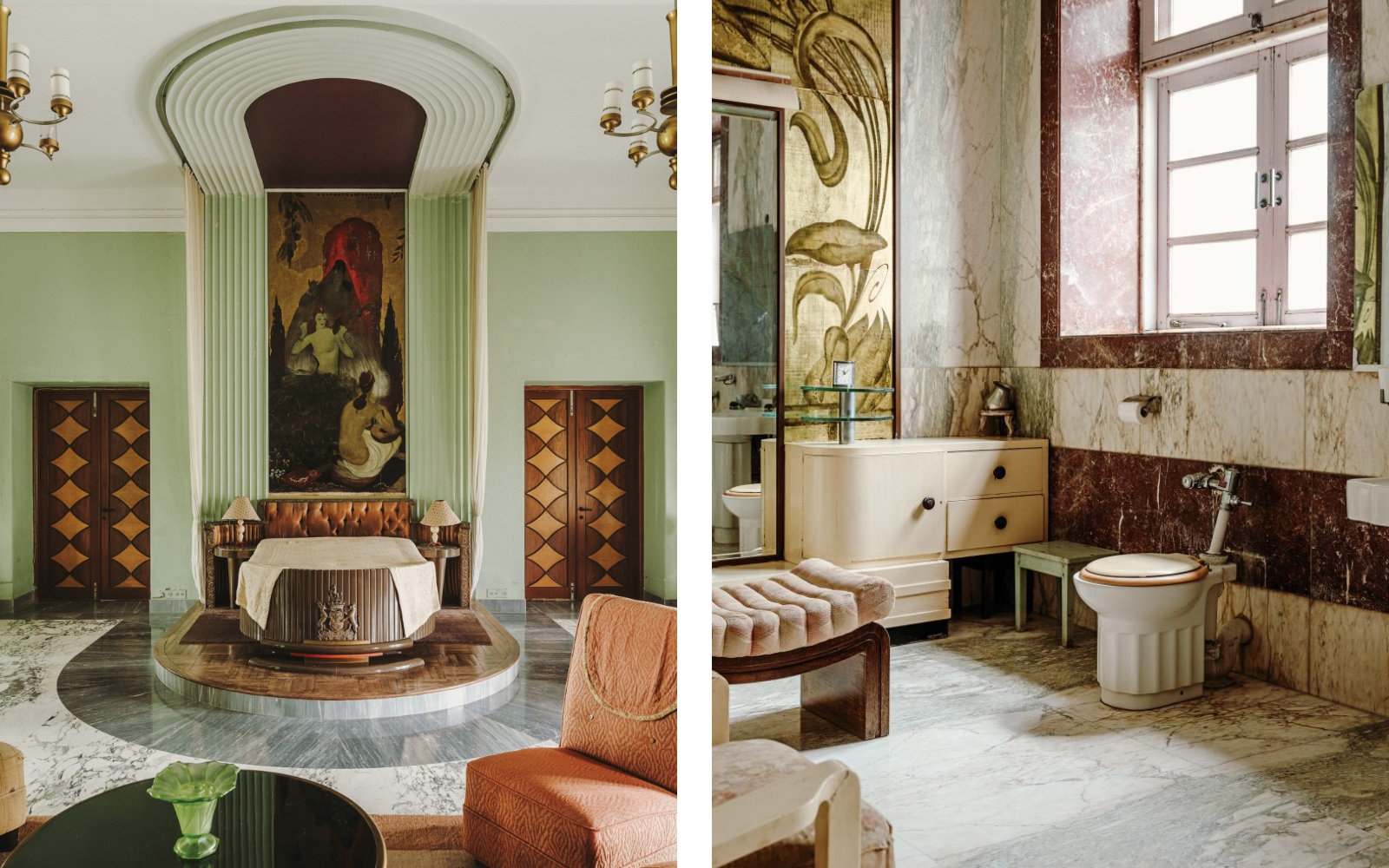
The still prevalent style of private homes and public spaces today, however, focuses on functionality alongside elegant lines, exciting decorative elements and striking, contrasting combinations; that sense of functionality is reinforced by the orderliness of regular geometry. It is thus an attractive alternative for those who want to bring the interior to life rather than just marvel at it. We aim to give you an overview of the fascinating world of art deco, so stay tuned!
Historical context
Although its origins can be traced back to French Art Nouveau, it is characterized by the geometric lines of Constructivism rather than the undulating, organic motifs of its predecessor. Its emergence and flourishing can be linked to the rise to artistic status of craftsmen, a change which, like most of the other major movements, originated in France and Italy, and to the spread of mass production and the technological advances that this brought, such as the development of new alloys and new methods of refining, which were innovative at the time.
In the 1920s and ’30s, after the horrors of the preceding decades, the public mood was characterized by a search for pleasure, sometimes tending towards decadence, which, together with post-war economic consolidation, brought the dazzling Art Deco style, combining a plethora of inspirational sources.
The era was a combination of showy Art Nouveau stylisation, avant-garde art, rediscovered folk art traditions and a turn to exotic cultures.
Elegance, eroticism, metropolitan bustle and dynamism are the hallmarks of Art Deco, which can be seen in architecture as well as in industrial, visual and cinematographic art.
Applied graphic design
Art Deco can also be considered the golden age of poster art, with countless emblematic works being created during this period: the promotional poster for Fritz Lang’s film Metropolis, the Orion logo and advertising materials, the internationally acclaimed Modiani series, or the poster for the famous performance of the superstar of the era, Josephine Baker. Among the artists of the period are such great figures as József Bottlik, Róbert Berény, Géza Faragó, István Irsai, Lajos Kozma, Kató Lukáts, Gitta Mallász, György Konecsni, Tibor Réz Diamant, to name but a few.
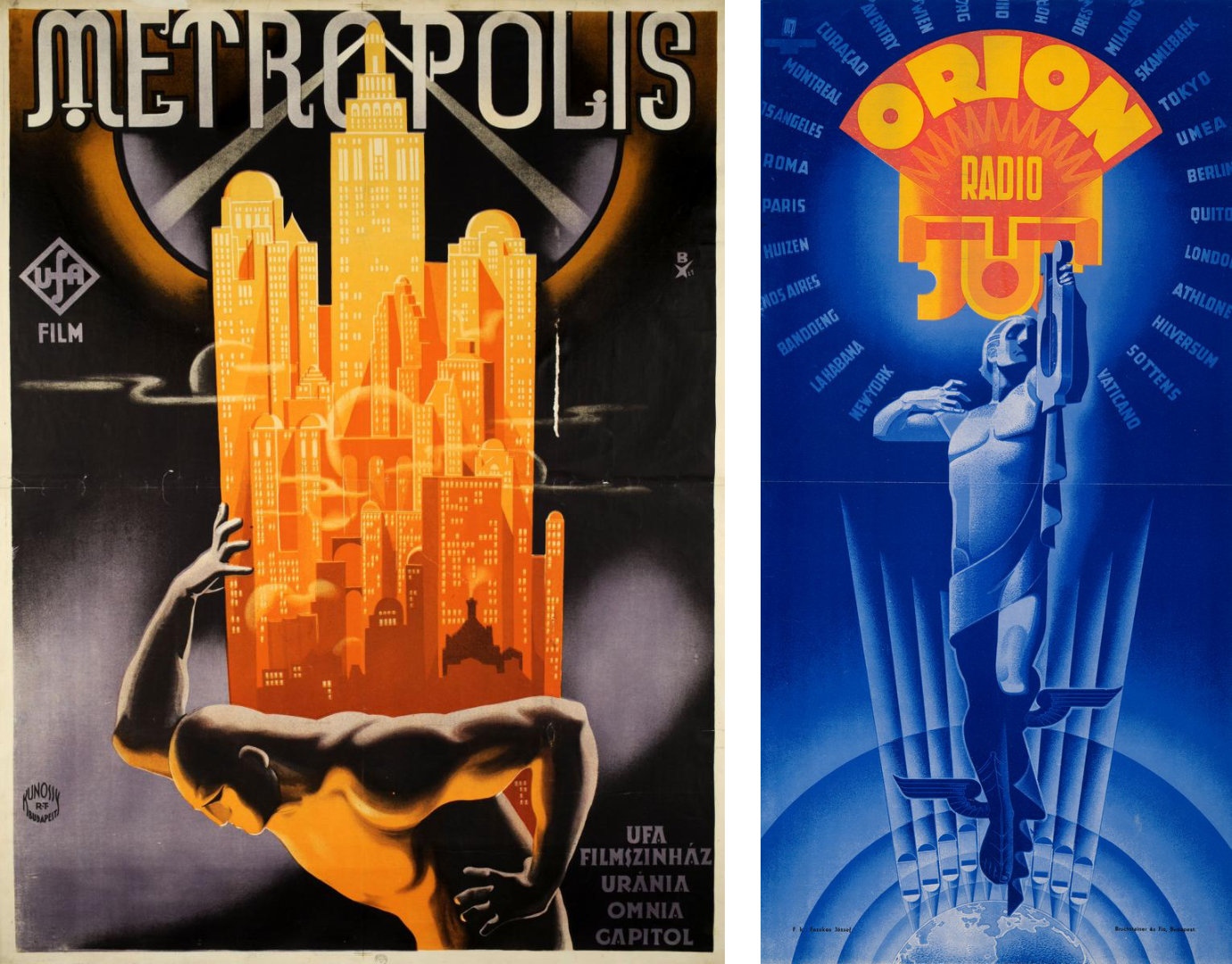
The words of graphic artist István Orosz sum up the unversal significance of these works. "The poster is no longer as important an art form as it was in the Art Deco period. You can look at posters in terms of what they advertise, but that’s not how we see them today, almost 100 years later.
Great posters are moving from the category of applied art - or direct advertising - into the world of culture, grand art, autonomous art.
Their function changes: they tell us something about the old times, about the feeling of life and about the personalities who designed the posters."
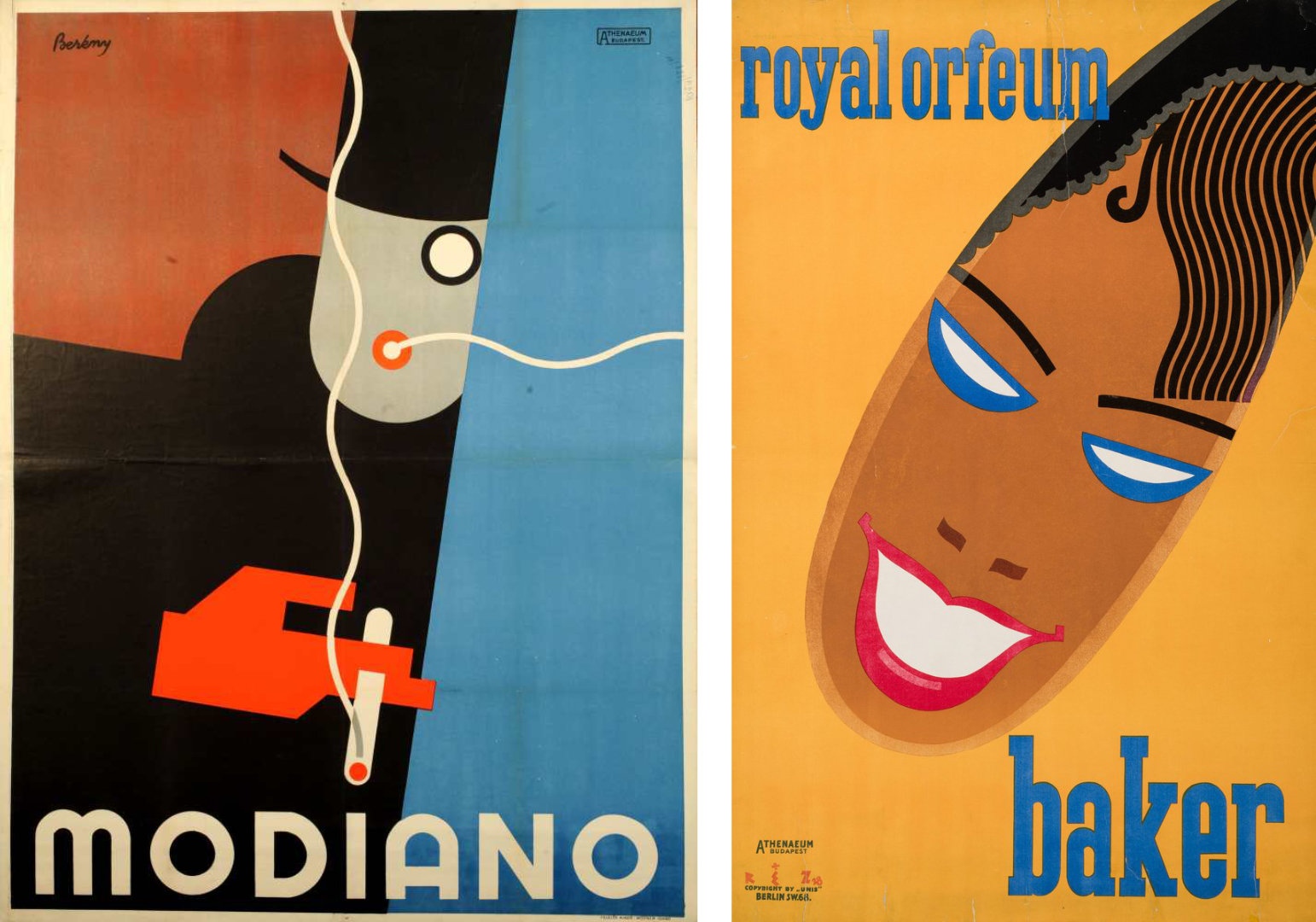
Architecture
"While Art Nouveau looked for the lost and idealized Golden Age, even reaching down to the low culture, Art Deco sought the lost Art Nouveau, but settled for a dazzling glaze, mixed with the belief of the man of the time in technical progress and thus in himself." The words of architect, historian and writer János Gerle do not sound overly laudatory, but their basis in reality is unquestionable.
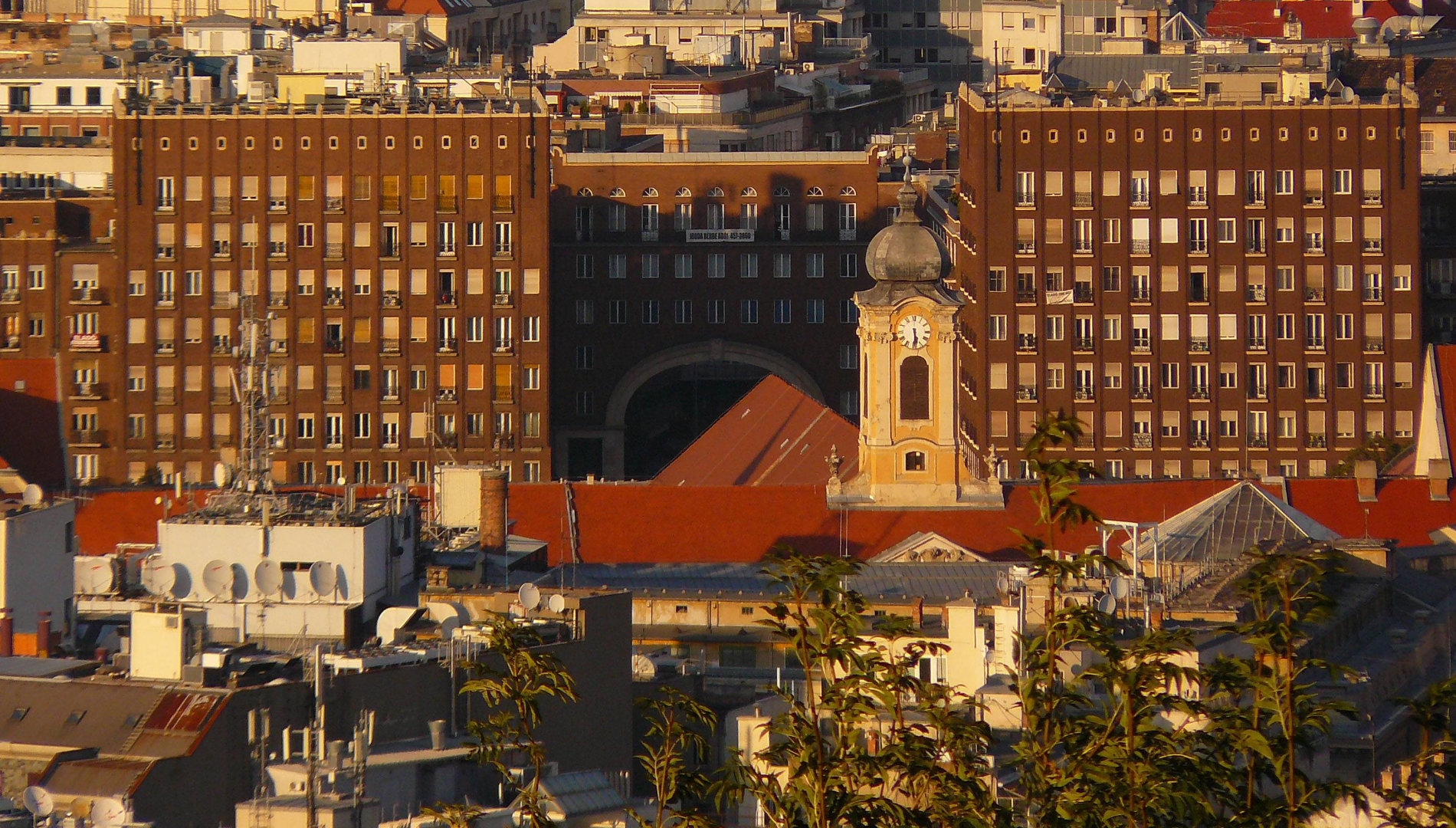 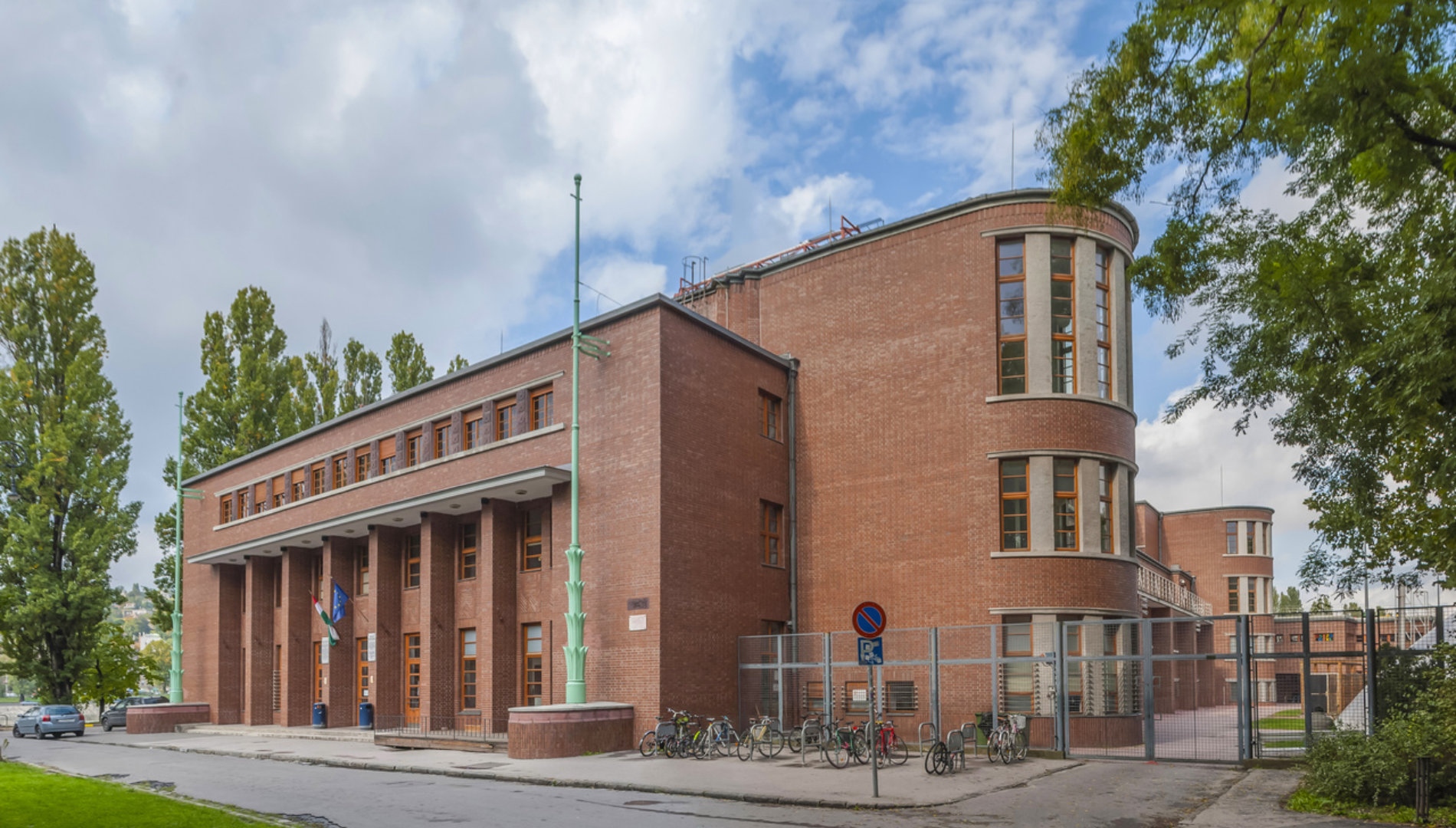 |
Compared to the number of Art Nouveau treasures, the Art Deco heritage is dwarfed by the architectural masterpieces of our country. Instead of the oriental, exotic features and sometimes excessive ornamentation typical of the West, the style is more evident in the folk art inspirations and the banding of the façades. Among the better-known examples in Budapest are the Alfréd Hajós Sports Hall on Margaret Island, the Madách Square complex designed by Gyula Wälder and his colleagues, and the Art Deco style control room of the Kelenföld power station designed by Virgil Borbíró / Bierbauer.
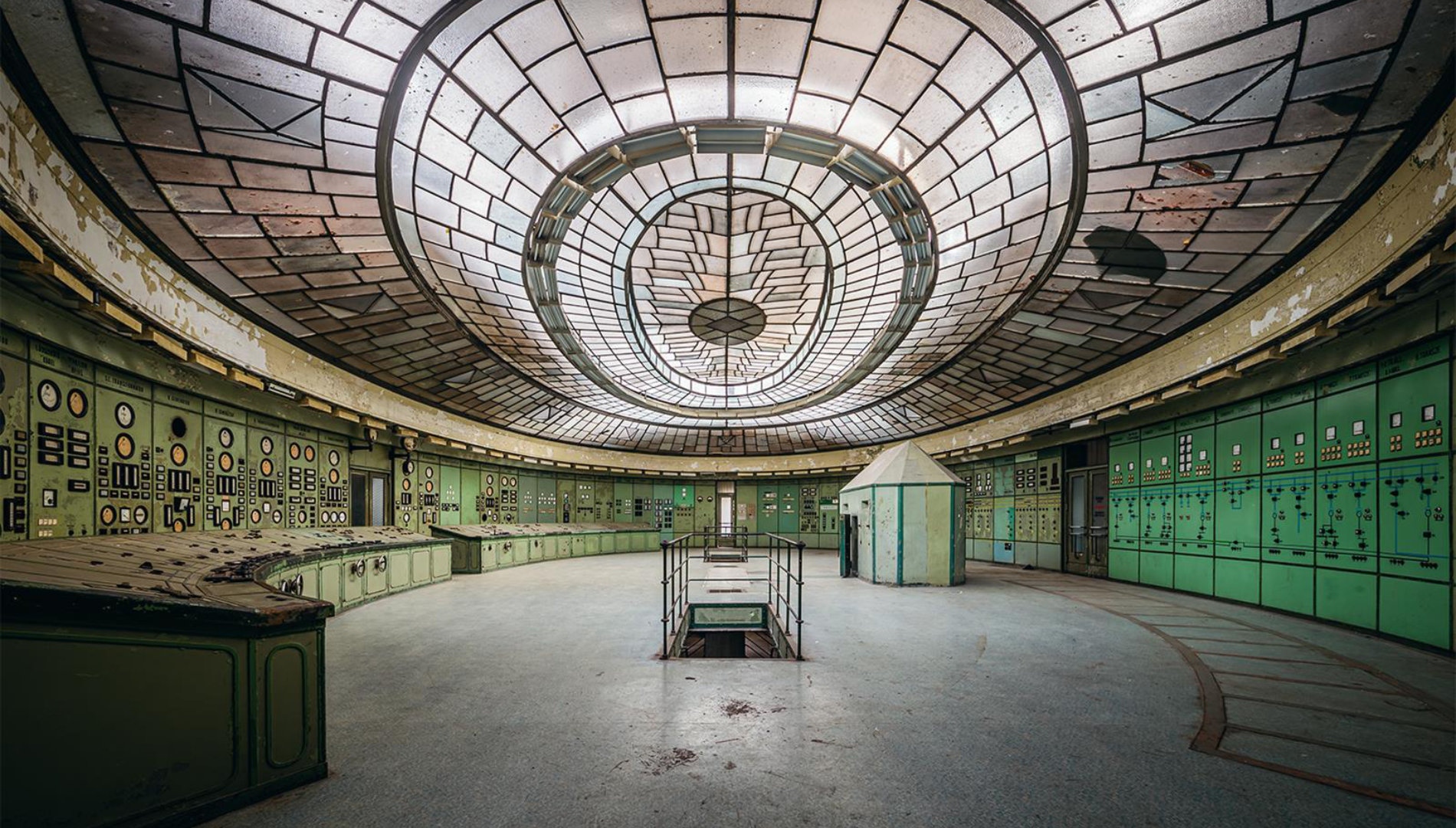
Zoltán Bolla’s 2016 book Hungarian Art Deco Architecture, however, provides a comprehensive and much more nuanced picture of the style if you’re keen to delve into the subject.
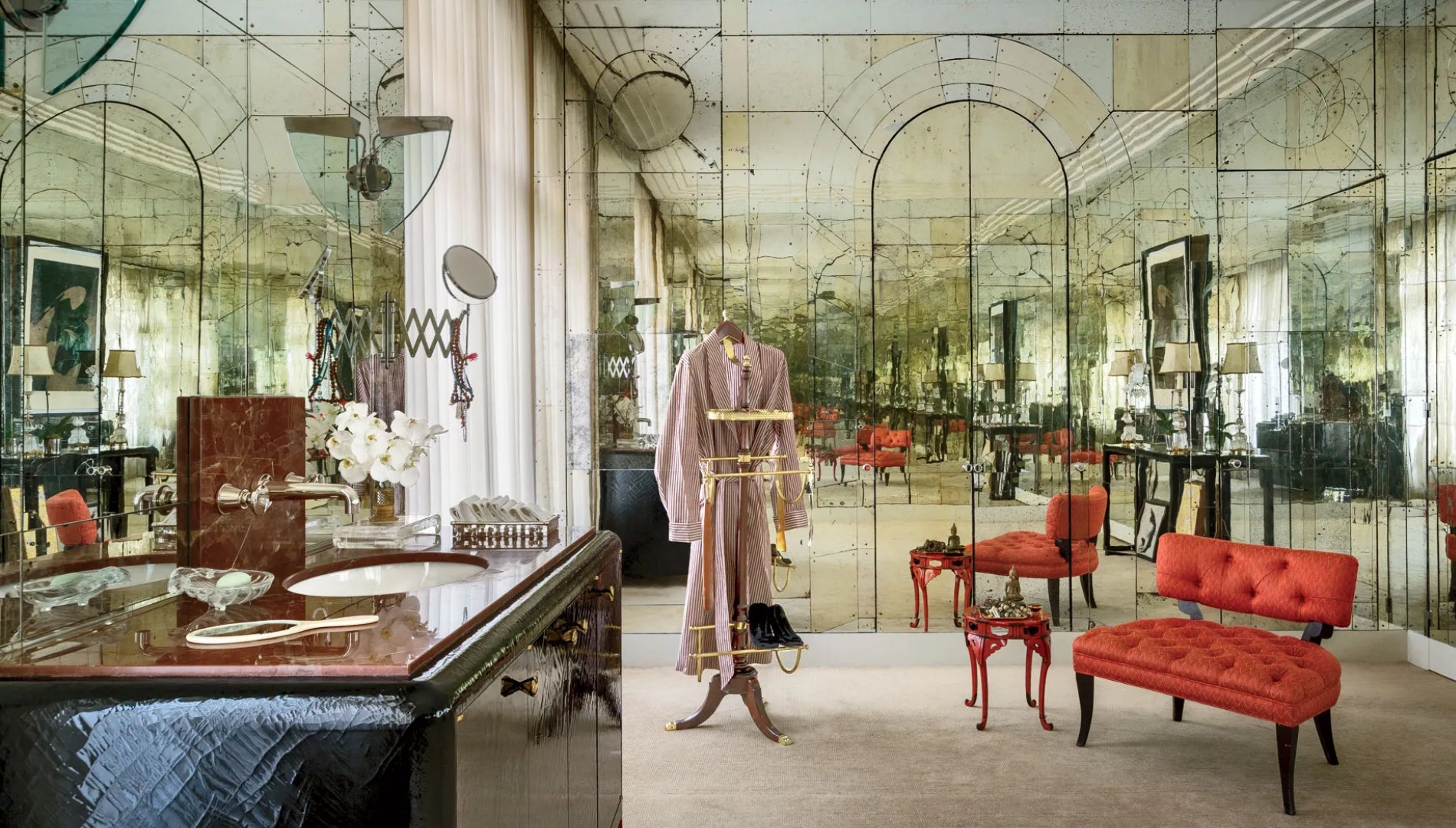
Interior design
Art Deco interior design is characterized by bold, contrasting combinations of colors and materials. Shimmering, metallic, reflective surfaces are often paired with deep, dark tones - midnight blue, poison green, burgundy, etc. - and materials include silk, velvet, gold, chrome, glass and crystal. The upholstery of furniture is usually made with expensive(-looking) fabrics and brightly colored patterns to convey a sense of luxury.
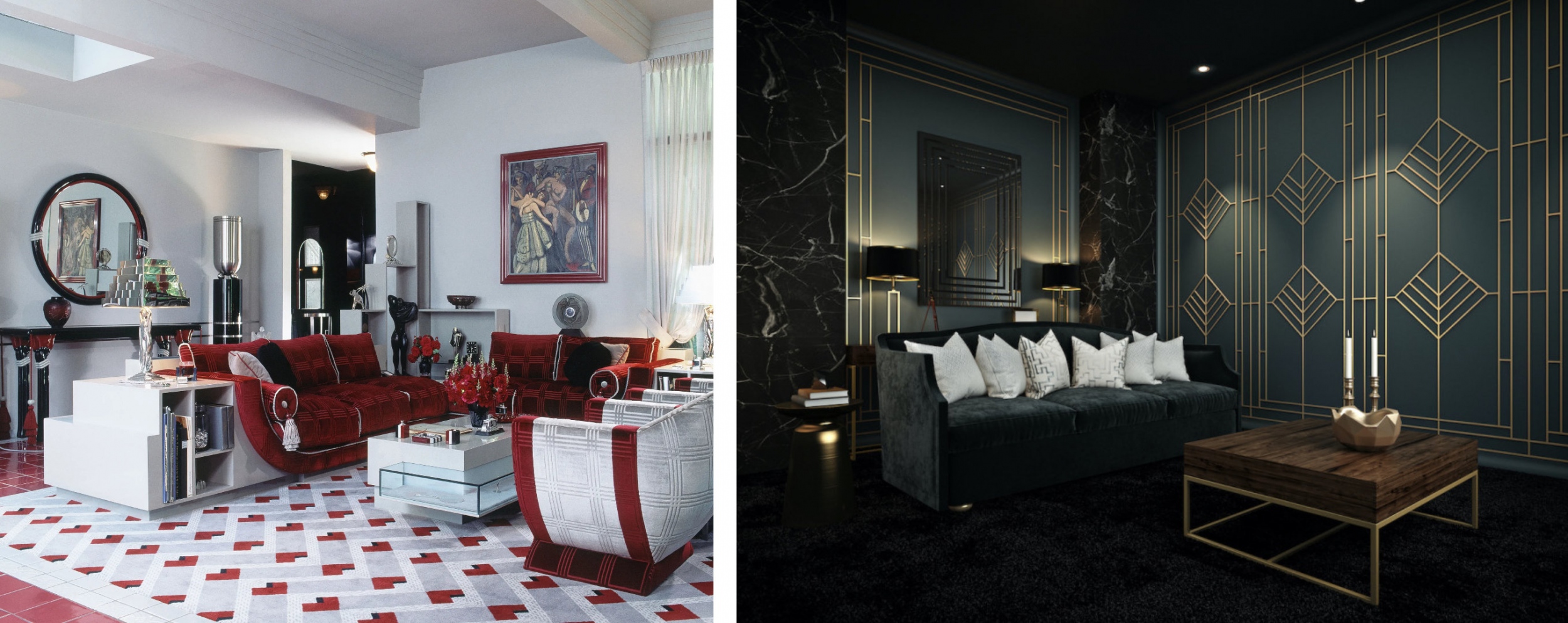
Key elements of the style include geometric patterns - sunbursts, zigzags, combs, broken into circles or triangles - which can be used in combination as well. Organic, nature-inspired leafs and feathers typically appear in regular patterns on walls, folding screens and floor coverings. Inlays in glossy lacquer or precious materials such as gold, marble or ivory are also common, with elegant and modern effects that represent a high level of craftsmanship.
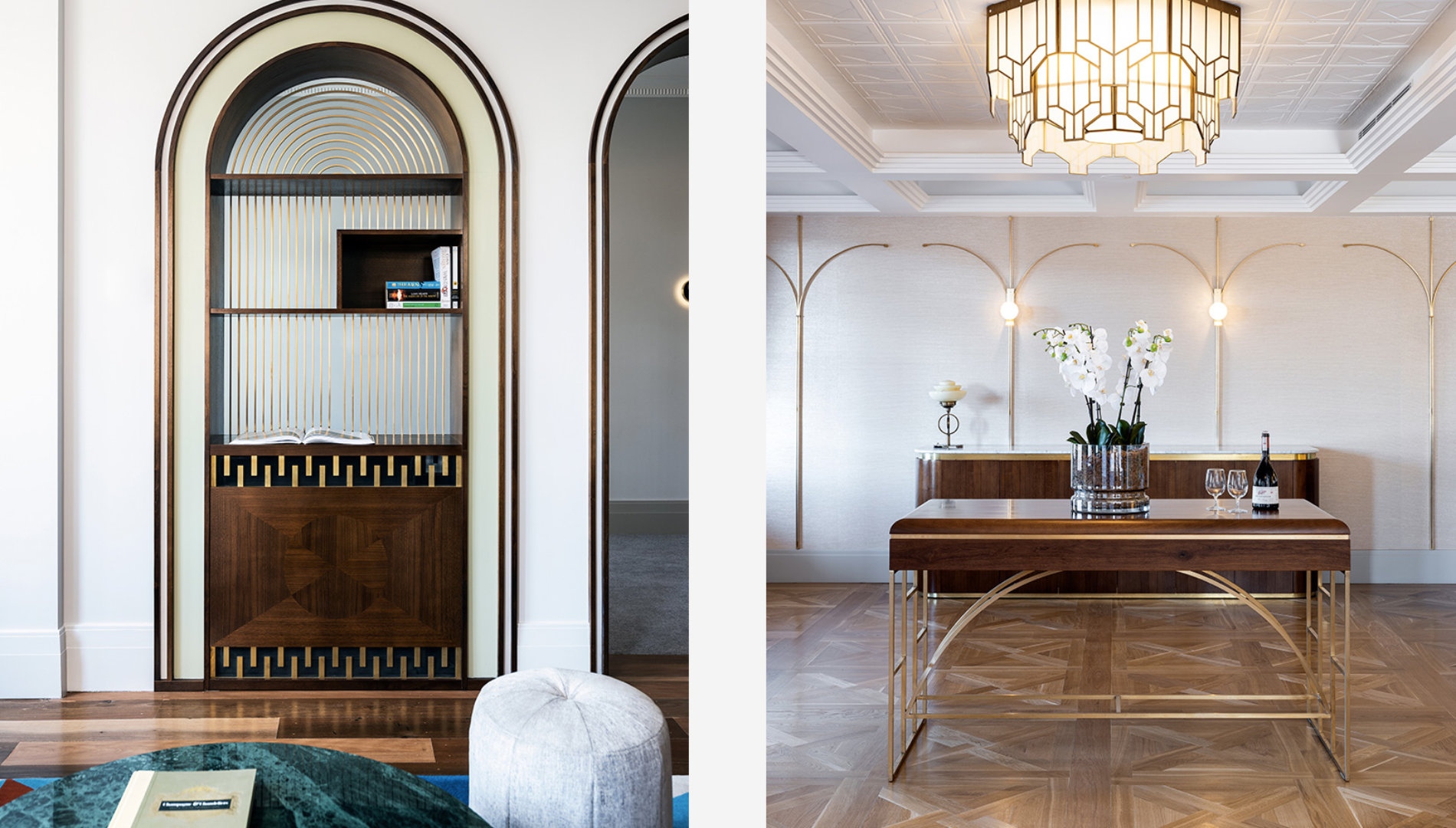
Art Deco places an emphasis on accessories: funnel-shaped candleholders, statues and utensils depicting figures from ancient mythologies or highly mythologised characters, paintings, moldings, bowls and decorative boxes can all be used.
Dive into the art deco glow!
The Art deco Budapest. Posters, Objects, Spaces (1925-1938) exhibition in the Hungarian National Gallery gives a comprehensive picture of the visual culture of the period between the two world wars through a rich and carefully edited selection of posters, furniture, accessories and fashion pieces. The exhibition is open until 28 August and, if you arrive in time, you can take part in some really interesting guided tours exploring different aspects of the defining style of the period, such as the changing roles of women, lifestyles and public taste.
And if you’d like to embrace the art deco lifestyle, or maybe even bring it into your home, come to S/ALON BUDAPEST at the Budapest Arena between 23-25 September 2022, where our partners - like Milla Design / Zebrano, the masters of art deco - will help you with practical tips and mesmerizing products to glow your apartment up. Until then, join us on Facebook and Instagram for inspiring content!

